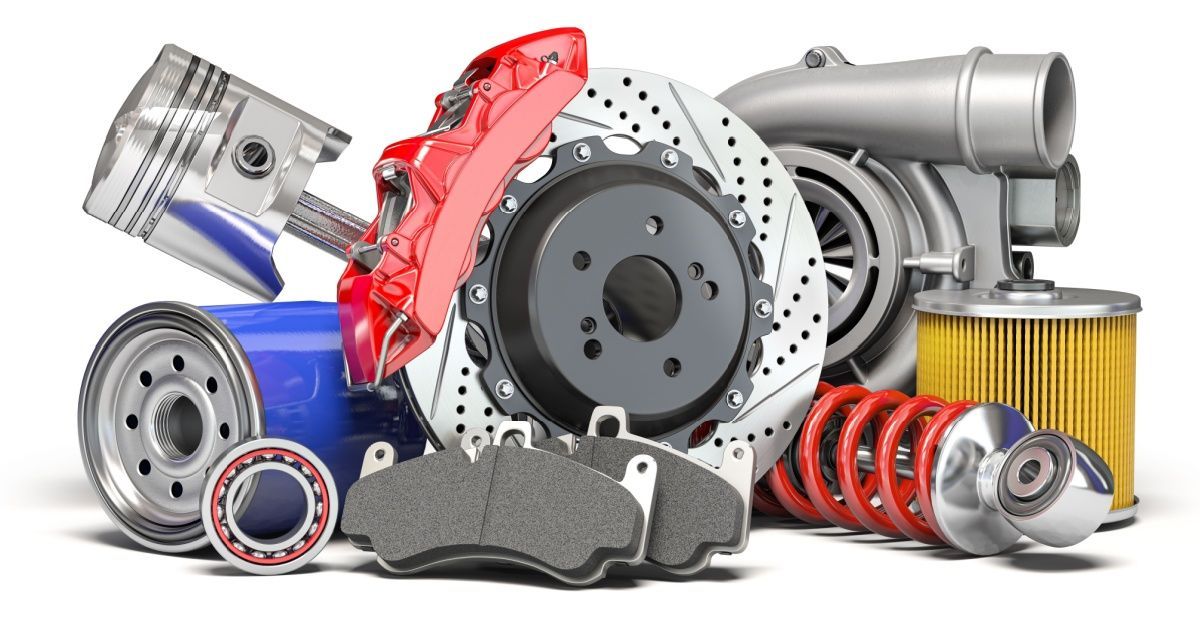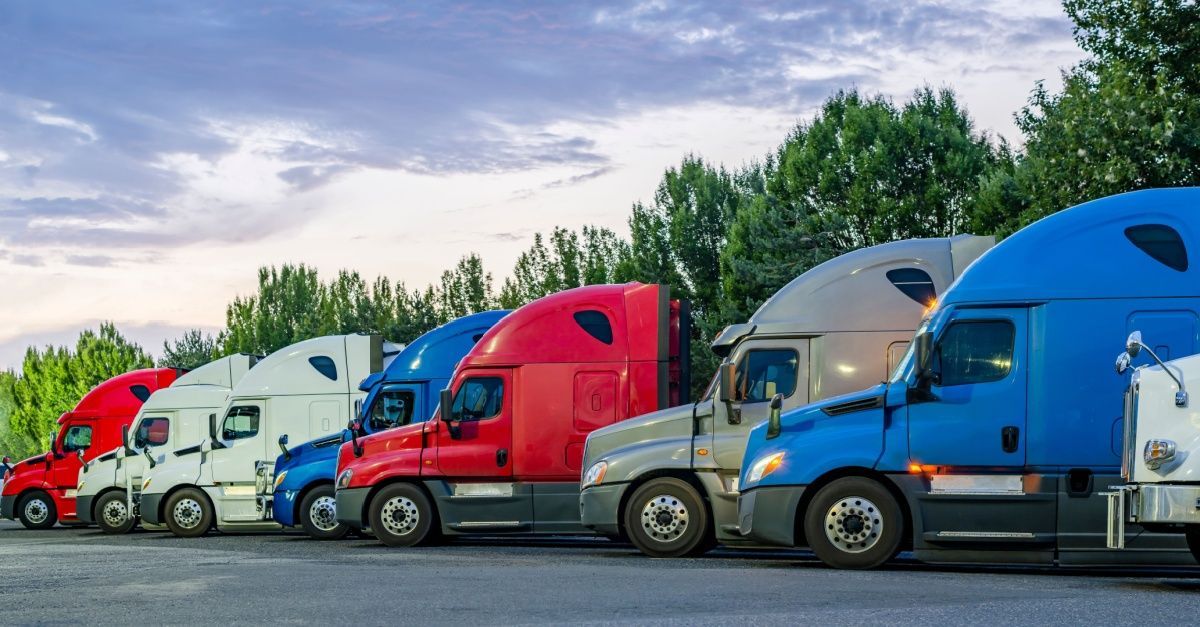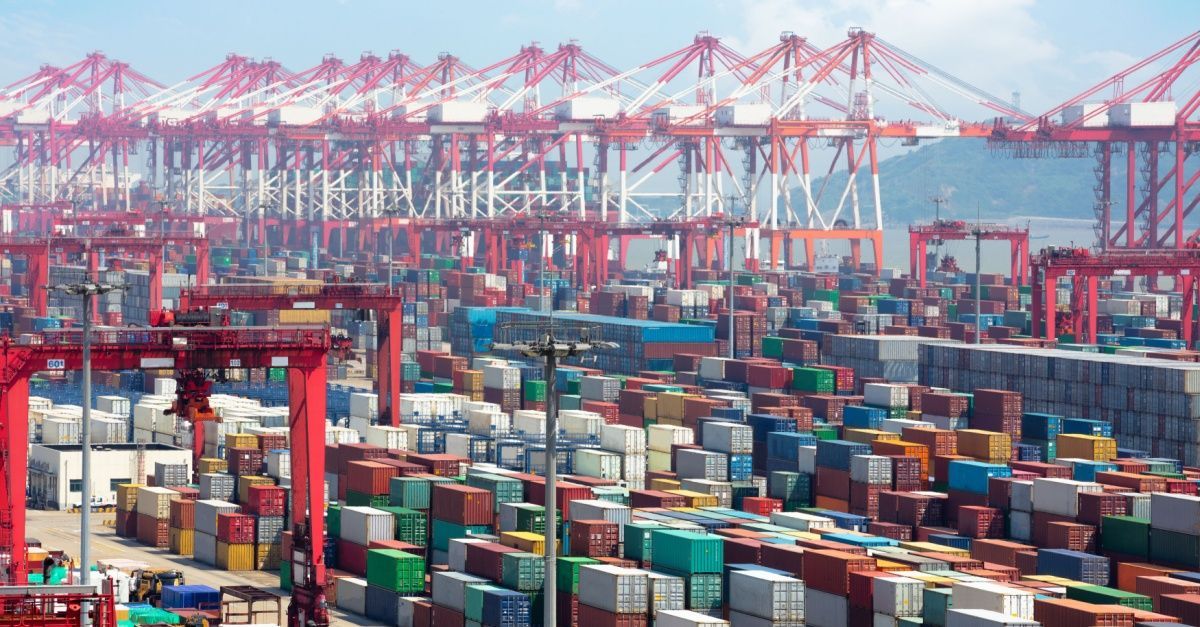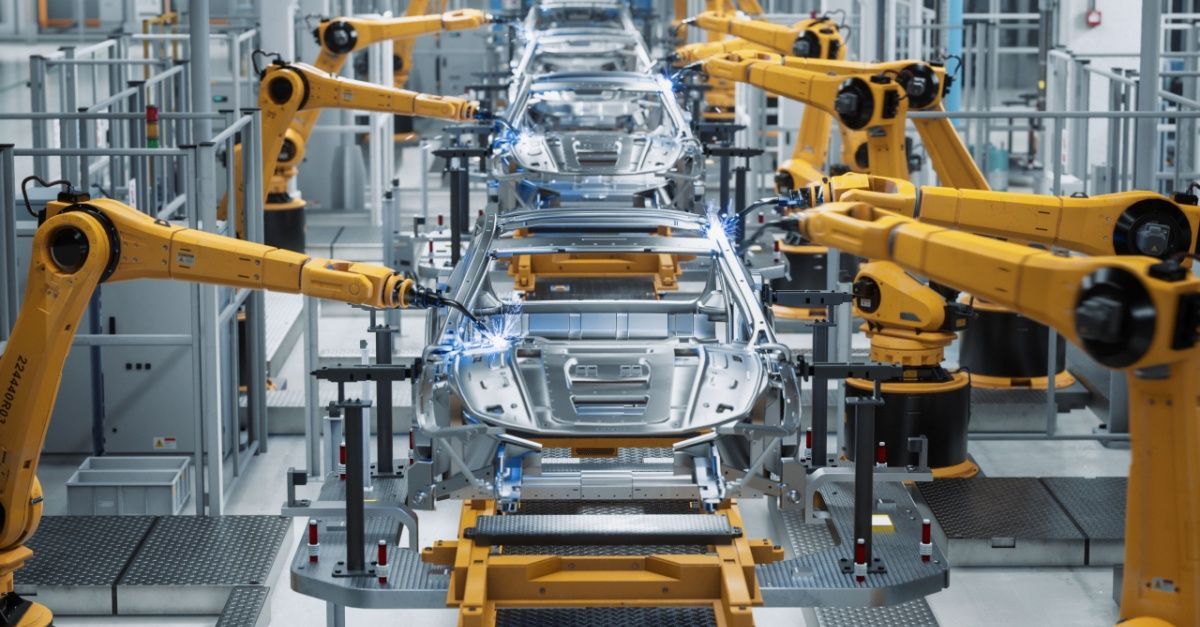Electric Vehicles: Many Manufacturers Charge Ahead While Others Have a Hybrid View
Blog Post CTA
Whether electric trucks are the future will depend greatly on who you ask. EV manufacturers will, no doubt, insist that such vehicles are the future and even the present. Hybrid or hydrogen-fuel-cell OEMs might have a different answer that benefits their own interests. Manufacturers of combustion parts or other stakeholders in the logistics industry will likely have yet another answer to the question.
In this blog, we look at how electric trucks are progressing, along with other headlines to stay current on supply chain and logistics industry news.
Volkswagen Bets on Hybrids
Volkswagen has been seeing a slowdown in demand for fully electric vehicles, leading the auto manufacturer to revisit and pivot its strategy toward plug-in hybrid cards.
According to
Transport Topics, Volkswagen’s CEO said the company’s priority is to expand its portfolio of models with batteries and engines because customers want plug-in hybrids.
It’s a deviation from its prior strategy when the company focused mostly on fully electric vehicles. In fact, VW had plans to build a $2.2 billion EV factory in Germany but scrapped the build last year.
Other OEMs have seen a similar decline in EV interest. Toyota, for one, is reaping the benefits of a global surge in hybrid vehicle demand. Meanwhile, Mercedes-Benz said it plans to sell combustion-engine cars for longer than initially planned because of disappointing EV sales.
Some of Volkswagen’s hybrid tech has an electric range of more than 62 miles. The next step, per the CEO: figure out how to go further and make the vehicles even more cost effective.
Daimler Touts New EV Prototype
As Volkswagen doubles down on its hybrid strategy, Daimler Truck is full speed ahead on electric trucks with its latest prototype.
The company rolled out an autonomous, battery-electric Freightliner eCascadia prototype this month,
Trucking Dive reported. Daimler is heralding the vehicle and the technologies it uses as “a glimpse into the future.”
The truck uses a Level 4 autonomous sensor suite from Torc Robotics (a subsidiary of Daimler) for the autonomous portion. The zero-emissions part is being trialed with battery electric but could also be powered by hydrogen in the future, Daimler said.
Torc has already been piloting its autonomous system on diesel trucks, preparing for a market launch in 2027. Applying the autonomous system to EVs is the next step. As Joanna Buttler, head of Daimler Truck’s global autonomous technology group, said, “We always look further into the future.”
Is Renewable Diesel the Answer?
A recent report isn’t so sure about electric vehicles. Rather, the American Transportation Research Institute found that renewable diesel is a viable way to cut down on carbon emissions while having a minimal impact on
trucking operations.
In fact, renewable diesel “looked a lot better” than battery electric when assessing the full lifecycle emissions,
Overdrive reported. The lifecycle emissions for battery EVs include the mining of minerals for batteries and the eventual disposal of the trucks and batteries. Emissions over the lifecycle of an EV are 30% lower compared to an internal combustion truck using diesel, while renewable diesel cuts emissions by 67.3%, the institute found.
From an operations standpoint, renewable diesel doesn’t require any changes to equipment or engines, which is yet another bonus for carriers.
Firmly in a Freight Recession
While OEMs keep moving along with innovations in emissions-cutting vehicles, the trucking market has yet to move out of a freight recession, according to a recent article in FreightWaves.
The article cites The Logistics Managers’ Index, in which a number above 50 indicates expansion and a reading below 50 means contraction. Transportation prices clocked in at 44.1 in April, down nearly nine percentage points from March.
“We are still firmly in a state of freight recession,” the LMI report said, per FreightWaves.
Part of the reason is the excess capacity in the trucking market. The transportation capacity index registered at 61.4. The process of that capacity exiting has been slow, which leads to lower freight rates. In fact, some rates have fallen below
operating costs for certain fleets.
Trucking Transitions to Growth
FreightWaves’ report on the LMI dovetails with Heavy Duty Trucking’s article based on FTR data, which noted that trucking’s overcapacity is keeping freight rates low.
Several small carriers entered the market during the early days of the pandemic. While the
carrier base declined starting in 2022, there are still 92,000 more trucking firms with operating authority compared to 2020, creating a plethora of capacity in the market.
But the outlook is more optimistic for trucking rates. FTR expects year-over-year growth starting in the third quarter. It won’t be “terribly robust,” said Avery Vise, FTR's vice president of trucking, but it will likely be growth. Vise expects a stronger trucking market in 2025.
Recovery Efforts at Key Bridge
Meanwhile, at the Francis Scott Key Bridge in Baltimore, the body of the sixth and final person who died in the tragic bridge collapse has been recovered, FreightWaves reported.
Crews recovered the body of José Mynor López more than a month after the bridge collapsed. López was 37 years old and was one of the construction workers on the bridge at the time the container ship crashed into the bridge, causing its collapse.
Next, crews will conduct what’s known as a controlled demolition to break up the bridge. That frees the container ship and returns
marine traffic to normal at the Port of Baltimore.
Adapting to the Port Closure
Several businesses surrounding the Port of Baltimore have had to adjust their operations in the wake of the bridge collapse. One company is Baltimore International Warehousing and Transportation.
According to an
article in Marketplace, the bridge collapse disrupted the company’s operations to the point where it had to lay off most of its truck drivers.
A worker retention grant a few weeks later allowed the company to bring back its drivers, but the hours and routes were longer. Instead of the Port of Baltimore, the firm is bringing in cargo from the Ports of Norfolk, Philadelphia, and New York.
Even as Baltimore’s port reopens, Baltimore International Warehousing and Transportation’s CEO expects it will take some time for vessels to return, because many carriers weren’t booking cargo until the channel reopened.
Moving Freight, EV or Not
Whether electric, hybrid, combustion or something else, freight needs to move from one destination to the next in a timely manner. Entourage Freight Solutions can help shippers secure the capacity they need as they navigate the trucking market. EFS provides steady services that can help you navigate an ever-changing logistics environment and receive important information in real time.
Entourage Freight Solutions offers the following services, and many more:
- Our LTL service provides on-demand access to capacity, along with real-time data and peace of mind in this high-stakes world.
- Our Freight Management lets your team stay organized across inbound and outbound logistics, tracking market capacity and using automation notifications to keep everyone informed.
- Our Refrigerated transport provides expertise in everything from finished goods to raw materials, ensuring products arrive on time and in top condition.
Request a quote today to see how Entourage Freight Solutions can help with your freight movement and other supply chain needs.









